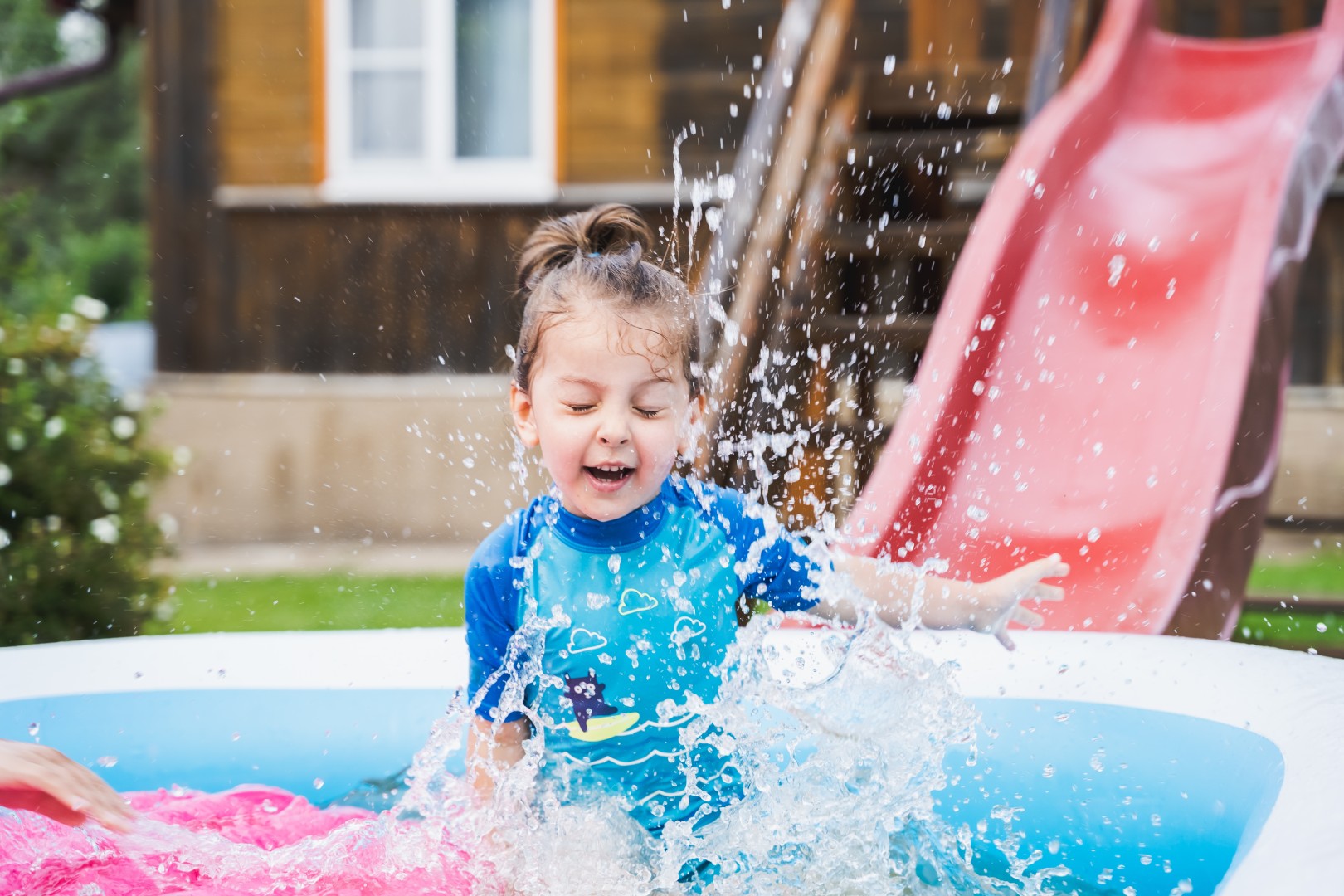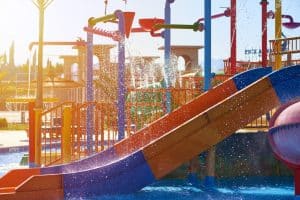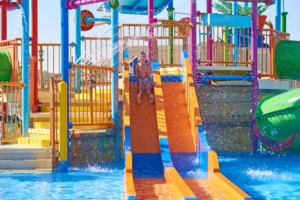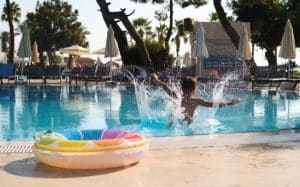Splash pads have become increasingly popular as vibrant water play spaces that provide refreshing fun for people of all ages. Whether you are a city planner, park designer, or a property owner considering a splash pad, careful attention to design and engineering is crucial. In this guide, we’ll explore essential design and engineering considerations for splash pads, emphasizing key aspects that contribute to a successful project. Additionally, we’ll touch upon the importance of selecting reliable splash pad suppliers and ensuring efficient splash pad construction.
1. Site Assessment:
Before diving into the design process, conduct a thorough site assessment. Consider the topography, soil conditions, and available space. Assessing these factors early on helps inform the design and ensures that the splash pad integrates seamlessly with the surrounding environment.
2. Water Supply and Drainage:
Evaluate the water supply and drainage infrastructure at the site. A reliable water source is essential for sustaining the splash pad, while effective drainage prevents water accumulation and ensures a safe surface. Collaborate with engineers to design a system that efficiently circulates and filters water.
3. Compliance with Regulations:
Adhere to local and state regulations governing water features and public spaces. Familiarize yourself with safety standards, water quality guidelines, and accessibility requirements. Compliance with these regulations not only ensures the safety of users but also streamlines the permitting process.
4. Age-Appropriate Zones:
Design the splash pad with different zones catering to various age groups. Consider separate areas for toddlers, children, and teens, each featuring age-appropriate water play elements. This ensures that all users can enjoy the splash pad safely and comfortably.
5. Interactive Water Features:
Select a variety of interactive water features to engage users. Features like water sprays, jets, misters, and dumping buckets provide diverse experiences. Incorporate elements that encourage cooperative play and stimulate creativity, enhancing the overall appeal of the splash pad.
6. Accessibility and Inclusivity:
Prioritize accessibility and inclusivity in the design. Include ramps, zero-depth entry points, and features accessible to users with diverse abilities. A universally accessible splash pad ensures that everyone, regardless of physical limitations, can enjoy the water play experience.
7. Material Selection:
Choose materials that are durable, slip-resistant, and resistant to corrosion. Consider the impact of UV exposure on colors and materials. High-quality materials contribute to the longevity of the splash pad, reducing maintenance costs and ensuring a safe play environment.
8. Shade and Seating:
Incorporate shaded areas and seating for visitors who prefer to observe or take a break. Shade structures protect users from the sun’s rays, ensuring a comfortable experience. Thoughtfully placed seating enhances the overall usability and enjoyment of the splash pad.
9. Water Conservation Measures:
Implement water conservation measures to make the splash pad environmentally sustainable. Consider features such as motion sensors to activate water play elements, programmable timers, and recirculation systems. Responsible water use aligns with contemporary environmental practices.
10. Lighting for Nighttime Use:
For extended usability, incorporate lighting elements for nighttime use. LED lights, underwater illumination, and well-designed landscape lighting can create a captivating nighttime ambiance. Proper lighting also enhances safety by illuminating walkways and play areas.
Selecting Reliable Splash Pad Suppliers:
Choosing reputable splash pad suppliers is a critical aspect of a successful project. Look for suppliers with a proven track record, positive client reviews, and adherence to industry standards. Engage in open communication with suppliers to ensure they understand your specific needs and can provide tailored solutions.
Efficient Splash Pad Construction:
Collaborate with experienced contractors for efficient splash pad construction. A knowledgeable construction team familiar with water play features can ensure that the design is executed accurately, meeting safety standards and timelines. Regular communication between the design team, engineers, and construction crew is key to a smooth process.
Conclusion:
Designing and engineering a splash pad involves a combination of creativity, technical expertise, and collaboration with reliable suppliers and construction professionals. By considering factors such as site assessment, water supply, compliance with regulations, and inclusivity, you can create a splash pad that not only meets safety standards but also provides an engaging and enjoyable experience for users of all ages. Collaborating with reputable splash pad suppliers and ensuring efficient splash pad construction are crucial steps in bringing your vision to life. As you embark on this journey, envision a splash pad that not only refreshes visitors but also becomes a vibrant and integral part of the community it serves.






